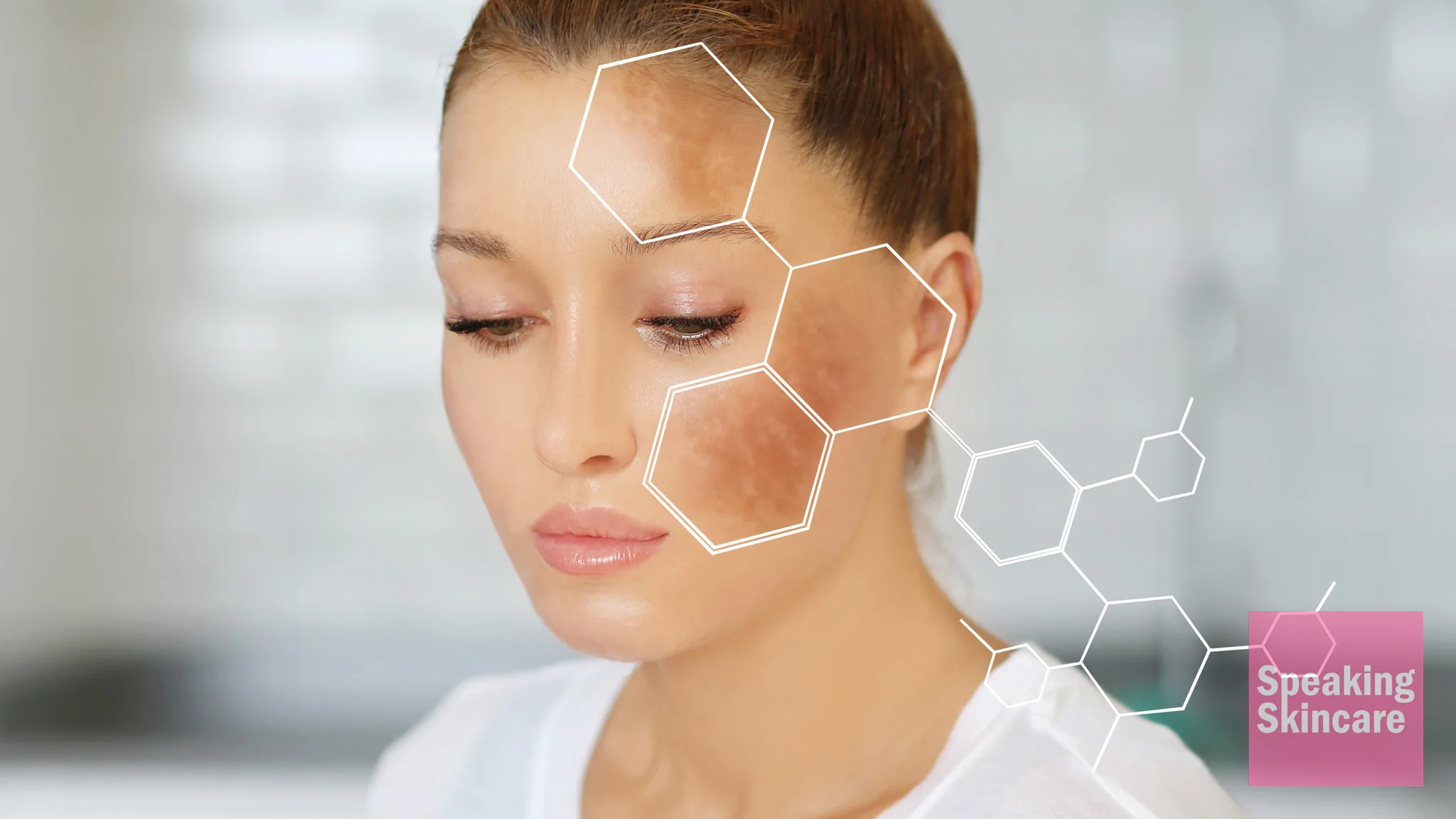Hyperpigmentation on dark skin can be particularly stubborn and frustrating. But with the right approach, you can tackle these dark spots effectively. Here’s a comprehensive guide to help you achieve an even, glowing complexion.
Understand Hyperpigmentation
First, let’s understand what hyperpigmentation is. It occurs when certain areas of your skin become darker than your natural skin tone due to excess melanin production. Common causes include sun exposure, inflammation, acne scars, and hormonal changes.
Sunscreen is Essential
Protecting your skin from the sun is crucial. UV rays can worsen hyperpigmentation and create new dark spots. Use a broad-spectrum sunscreen with at least SPF 30 every day. Apply it generously, even on cloudy days, and reapply every two hours if you’re outside. Don’t forget areas like the neck and ears. Sun protection is the foundation of any hyperpigmentation treatment plan.
Introduce Vitamin C
Vitamin C is a powerful antioxidant that can brighten your skin and fade dark spots. Look for serums with 10-20% vitamin C. Apply it in the morning before sunscreen. Vitamin C can help improve skin tone over time by inhibiting melanin production and protecting against environmental damage.
Consider Retinoids
Retinoids are a game-changer for hyperpigmentation. They speed up cell turnover, helping to fade dark spots and improve overall skin texture. Start with an over-the-counter retinol, using it at night after cleansing. If your skin tolerates it well, you might consider a prescription-strength retinoid from your dermatologist. Retinoids can be drying, so always follow up with a good moisturizer.
Niacinamide is Your Friend
Niacinamide is a form of Vitamin B3 that reduces inflammation and helps lighten dark spots. It’s gentle and effective for dark skin. Use a serum or cream with niacinamide daily. It not only helps with hyperpigmentation but also strengthens the skin barrier, making it healthier and more resilient.
Exfoliate Regularly
Exfoliation helps remove dead skin cells, promoting new cell growth and reducing dark spots. Use a gentle exfoliator once or twice a week. Chemical exfoliants like glycolic acid or lactic acid are particularly effective. Be careful not to over-exfoliate, as it can irritate your skin and worsen hyperpigmentation. Gentle, consistent exfoliation is the key to brighter skin.
Try Natural Remedies
Natural ingredients can also help lighten hyperpigmentation. Aloe vera, for instance, is soothing and can brighten your skin over time. Apply pure aloe vera gel to the affected areas, leave it on for about 20 minutes, then rinse off. Licorice extract is another option; it contains glabridin, which helps lighten dark spots. Consistency with these natural remedies is crucial for seeing results.
Stay Consistent
Consistency is crucial in treating hyperpigmentation. Stick to your skincare routine and be patient. Dark spots don’t fade overnight, but with regular care, you’ll see gradual improvements. Keep a journal or take progress photos to track your progress over time.
Avoid Picking and Scratching
Avoid the urge to pick at your skin. Picking can cause more pigmentation and worsen dark spots. Keep your nails short to reduce the temptation. If you experience itching or irritation, use treatments designed to reduce these symptoms, such as hydrocortisone cream or anti-itch lotions.
Hydrate and Nourish Your Skin
Hydration is essential for maintaining healthy skin. Drink plenty of water throughout the day to keep your skin hydrated from the inside out. Use a good moisturizer that suits your skin type. Look for products with hyaluronic acid to keep your skin plump and hydrated. Well-hydrated skin is more resilient and can heal faster, helping to reduce the appearance of dark spots.
Conclusion
In conclusion, getting rid of hyperpigmentation on dark skin requires patience and a consistent, dedicated approach. Protect your skin from the sun, incorporate brightening ingredients like vitamin C and niacinamide, and exfoliate regularly. Avoid picking at your skin, stay hydrated, and seek professional help if needed. With these steps, you’ll be well on your way to a more even and radiant complexion.
